| Weight | 26.2 kg |
|---|---|
| Dimensions | 17 × 144.8 × 82.6 cm |
| Product Type | Product Type – Neo QLED Series – Series 9 |
| Display | Refresh Rate – 120Hz (Up to 165Hz) Resolution – 4K (3,840 x 2,160) Anti Glare – Glare Free |
| Video | Picture Engine – NQ4 AI Gen3 Processor HDR (High Dynamic Range) – Neo Quantum HDR+ HDR 10+ – Yes (ADAPTIVE/ GAMING) AI Upscale – 4K AI Upscaling Pro HLG (Hybrid Log Gamma) – Yes Contrast – Quantum Matrix Technology Plus Viewing Angle – Wide Viewing Angle Micro Dimming – Ultimate UHD Dimming Contrast Enhancer – Real Depth Enhancer Pro Film Mode – Yes Motion Technology – Motion Xcelerator 165Hz Expert Calibration – Yes Smart Calibration – Basic/Professional Filmmaker Mode (FMM) – Yes AI Motion Enhancer – AI Motion Enhancer Pro Color Booster – Color Booster Pro AI HDR Remastering – Auto HDR Remastering pro EyeComfort Mode – Yes |
| Audio | Dolby Atmos – Yes Object Tracking Sound – OTS+ Q-Symphony – Yes Sound Output (RMS) – 60W Speaker Type – 4.2.2CH Active Voice Amplifier – Yes (Active Voice Amplifier Pro) Bluetooth Audio – Yes Adaptive Sound – Yes (Adaptive Sound Pro) 360 Audio – Yes |
| Smart Service | Operating System – Tizen™ Smart TV Bixby – Yes Far-Field Voice Interaction – Yes Built-in Voice Assistant – Alexa Samsung TV Plus – Yes Web Browser – Yes Works with AI Speaker – Alexa, Google Assistant SmartThings Hub / Matter Hub / IoT-Sensor Functionality / Quick Remote – Yes Samsung Health – Yes Universal Guide – Yes |
| Smart Feature | Multi Device Experience – TV to Mobile, Mobile to TV, TV initiate mirroring, Sound Mirroring, Wireless TV On, Tap View Multi-View – upto 2 videos ConnecTime – Yes (US Only) Apple AirPlay – Yes ScreenVitals – Yes Daily+ – Yes Storage Share – Yes Daily Board – Voice/User Detection Workout Tracker – Yes Live Translate – Yes (US only) Click to Search – Yes (US only) Multi Control – Yes Generative Wallpaper – Yes Karaoke Mic – Yes |
| Game Feature | Auto Game Mode (ALLM) – Yes Game Motion Plus – Yes Dynamic Black EQ – Yes VRR – Yes Surround Sound – Yes Super Ultra Wide Game View – Yes MiniMap Zoom – Yes FreeSync – FreeSync Premium Pro Hue Sync – Yes HGiG – Yes Gaming Hub – Yes (US, CA, KR, BR, UK, FR, DE, IT, ES, MX, AU) AI Auto Game Mode – Yes |
| Connectivity | HDMI – 4 USB – 2 x USB-A HDMI Maximum Input Rate – 4K 165Hz (for HDMI 1/2/3/4) Ethernet (LAN) – 1 Digital Audio Out (Optical) – 1 RF In (Terrestrial / Cable input / Satellite input) – 1/1(Common Use for Terrestrial)/0 Ex-Link ( RS-232C ) – 1 Wi-Fi – Yes (Wi-Fi 5) Bluetooth – Yes (BT5.3) Anynet+ (HDMI-CEC) – Yes HDMI Audio Return Channel – eARC |
| Design | Design – NeoSlim Bezel Type – 4 Bezel-less Front Color – TITAN BLACK Stand Type – SHARP NECK HEXAGON Stand Color – TITAN BLACK |
| Additional Feature | Art Store – Yes Embeded POP – Yes EPG – Yes ConnectShare™ – Yes IP Control – Yes OSD Language – English, Spanish, French V-Chip – Yes MBR Support – Yes |
| Accessibility | Voice Guide – US English, Mexico Spanish, Canada French, Finnish, German, Greek, Hungarian, Italian, Norwegian, Polish, Portugal Portuguese, Romanian, Slovak, Swedish, Czech, Danish, Dutch, Korean Low Vision Support – Audio Subtitles, Relumino, Magnification, Audio Description, Zoom Menu and Text, High Contrast, SeeColors, Color Inversion, Grayscale, Auto Picture Off Hearing Impaired Support – Closed Caption (Subtitle), Multi-output Audio, Caption Position, Sign Language Zoom, Separate Closed Caption, Sign Language Guide, Auto Caption Position Motor Impaired Support – Slow Button Repeat, Remote Control App. for All |
| Power & Eco Solution | Eco Sensor – Yes Power Supply – AC110-120V~ 50/60Hz Power Consumption (Max) – 215 W Power Consumption (Stand-by) – 0.5 W Power Consumption (Typical) – 116 W Auto Power Off – Yes Auto Power Saving – Yes |
Brand
Samsung
Samsung first entered the electronics industry in 1969 with several electronics-focused divisions. Their first products were black-and-white televisions. During the 1970s the company began to export home electronics products overseas. At that time Samsung was already a major manufacturer in Korea, and it had acquired a 50 percent stake in Korea Semiconductor.
The late 1970s and early ’80s witnessed the rapid expansion of Samsung’s technology businesses. Separate semiconductor and electronics branches were established, and in 1978 an aerospace division was created. Samsung Data Systems (now Samsung SDS) was established in 1985 to serve businesses’ growing need for systems development. That helped Samsung quickly become a leader in information technology services. Samsung also created two research and development institutes that broadened the company’s technology line into electronics, semiconductors, high-polymer chemicals, genetic engineering tools, telecommunications, aerospace, and nanotechnology.
Samsung was founded as a grocery trading store on March 1, 1938, by Lee Byung-Chull. He started his business in Taegu, Korea, trading noodles and other goods produced in and around the city and exporting them to China and its provinces. (The company name, Samsung, came from the Korean for “three stars.”) After the Korean War, Lee expanded his business into textiles and opened the largest woolen mill in Korea. He focused heavily on industrialization with the goal of helping his country redevelop itself after the war. During that period his business benefited from the new protectionist policies adopted by the Korean government, whose aim was to help large domestic conglomerates (chaebol) by shielding them from competition and providing them easy financing. In the late 1950s the company acquired three of Korea’s largest commercial banks as well as an insurance company and firms that made cement and fertilizer. Samsung in the 1960s acquired more insurance companies as well as an oil refinery, a nylon company, and a department store.

Based on 0 reviews
Be the first to review “Samsung Neo Qled 55″ QN90F Vision AI 4K Smart TV (2025)”
You must be logged in to post a review.














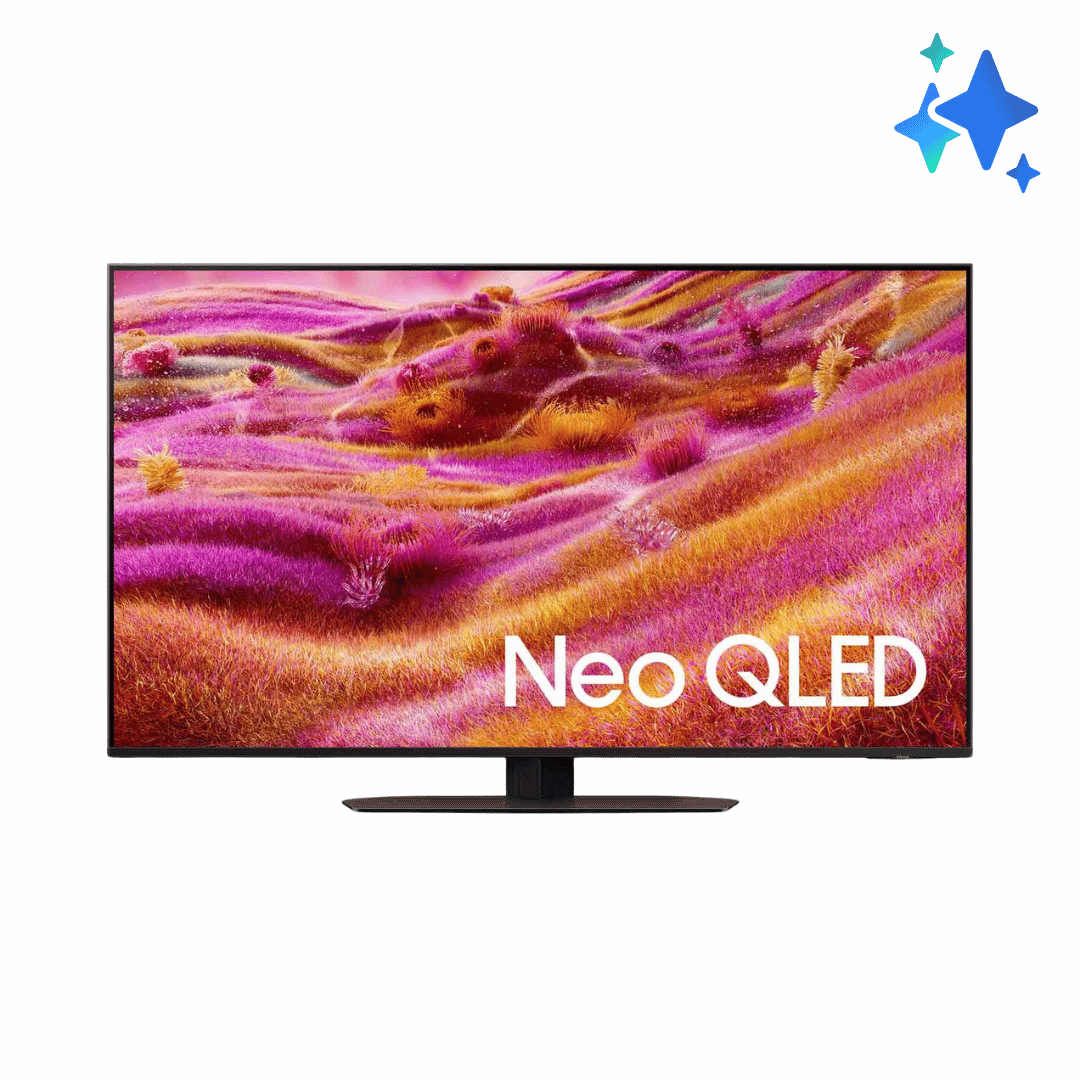
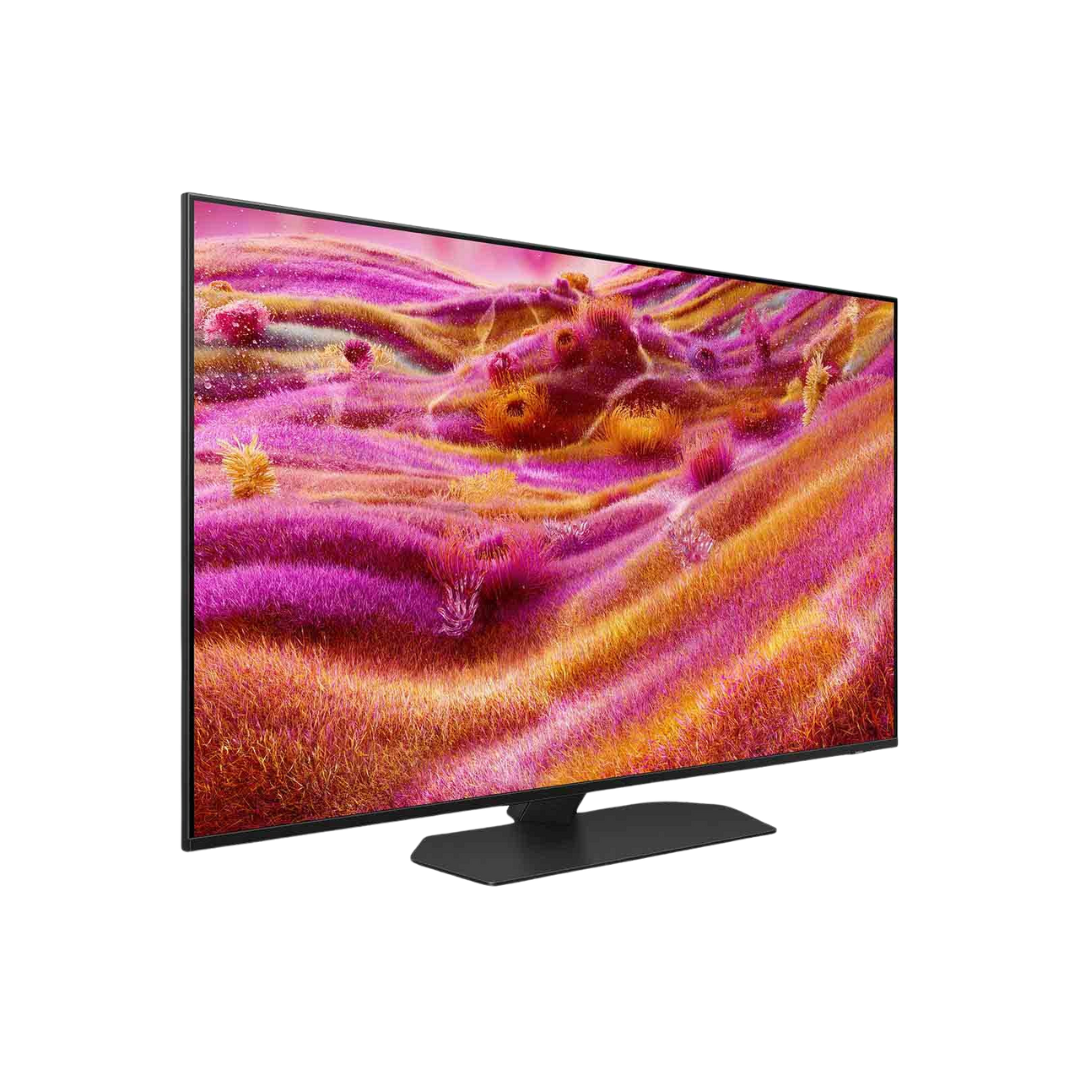
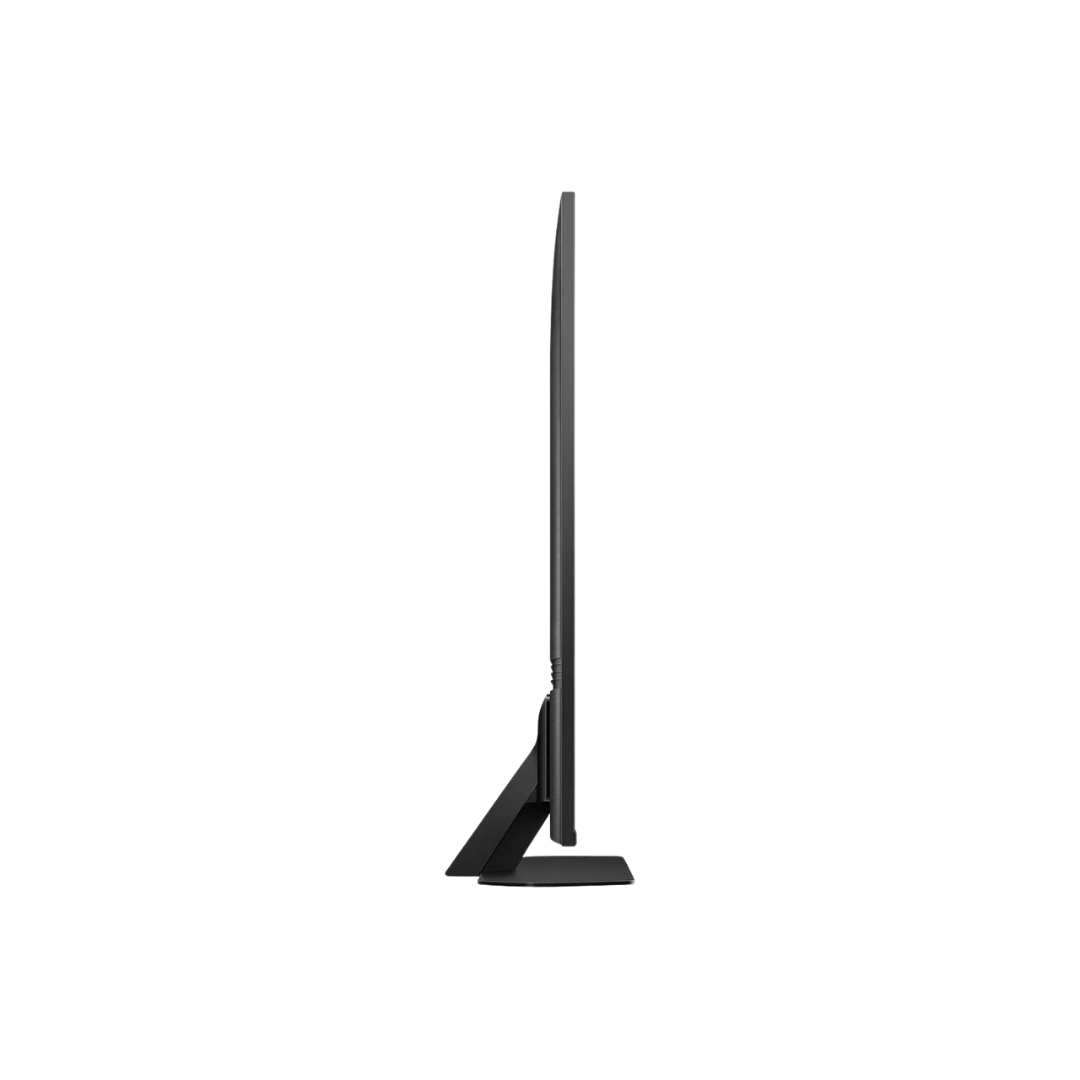
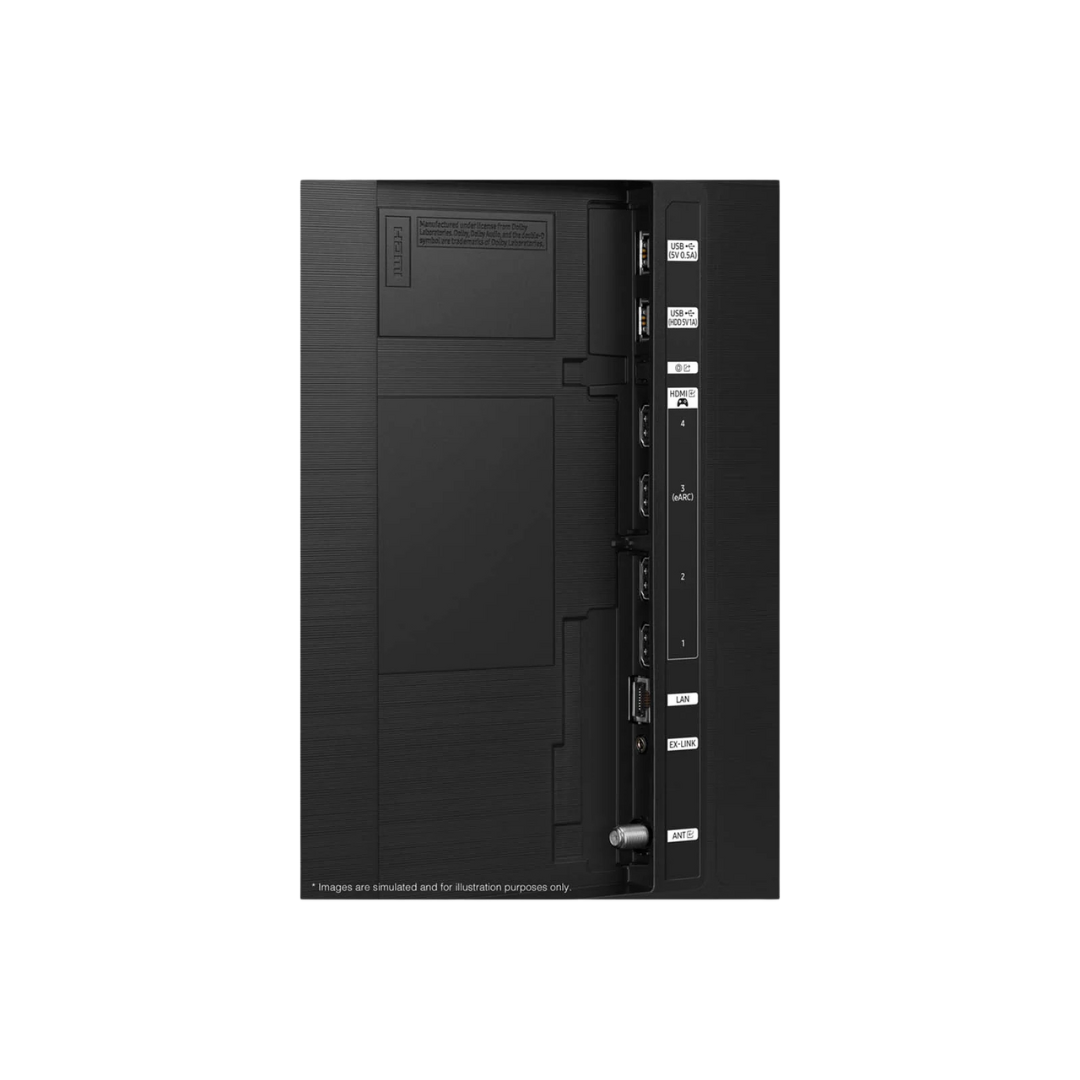




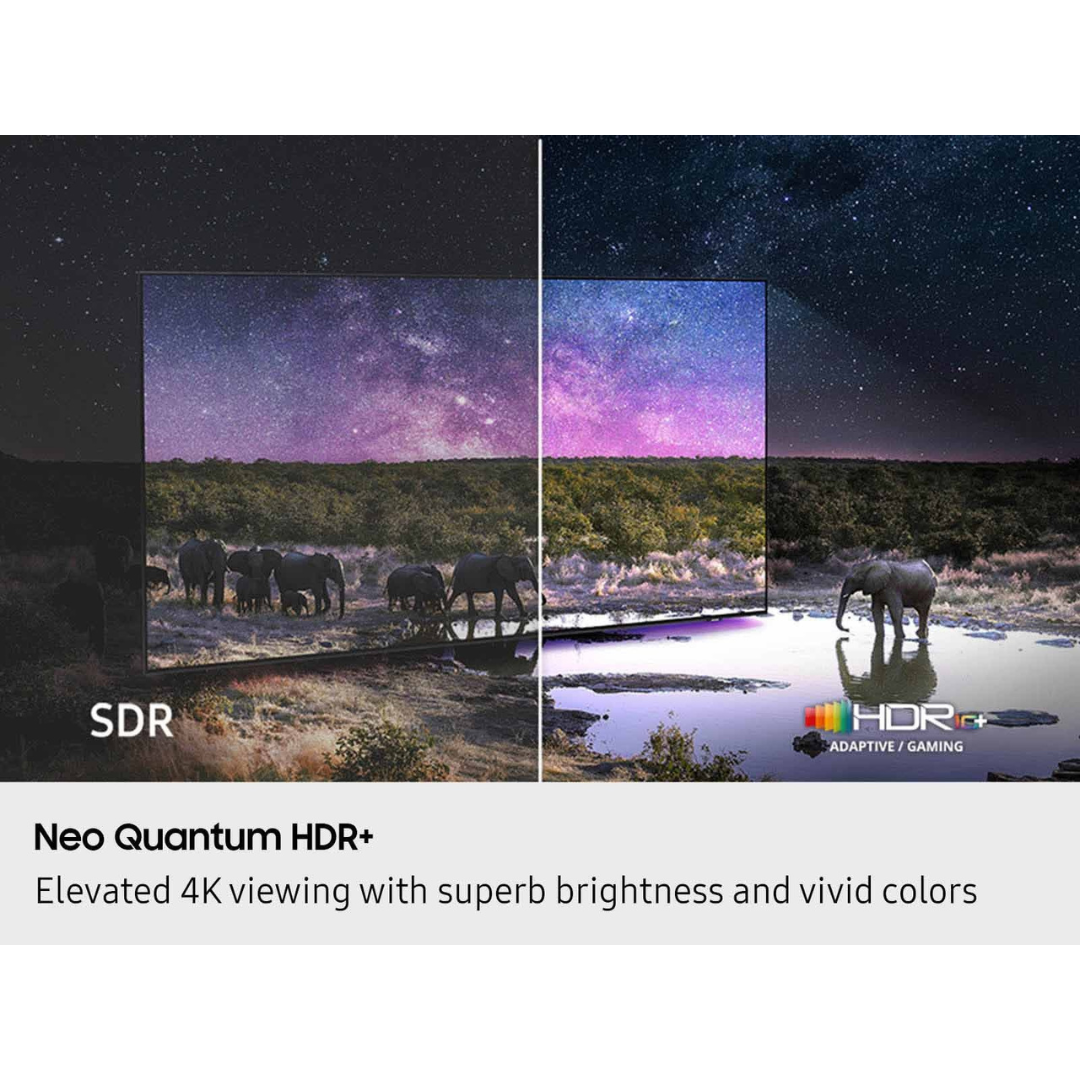










There are no reviews yet.